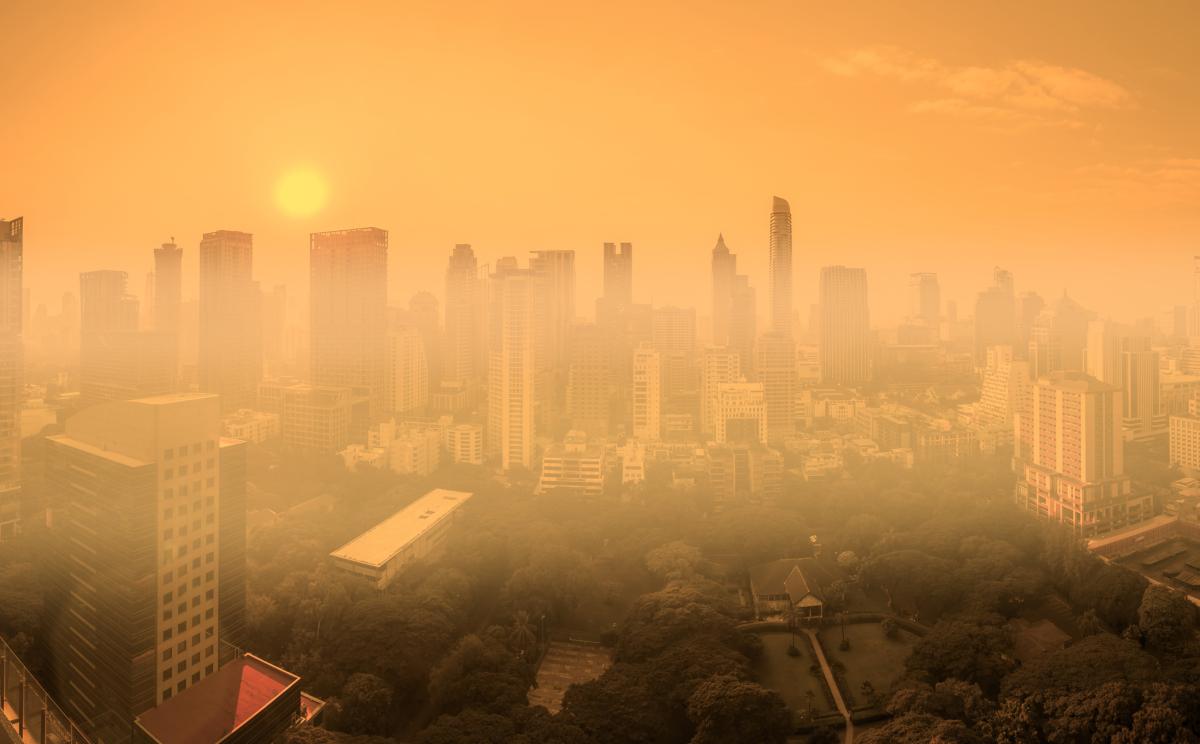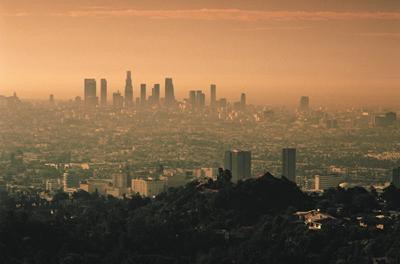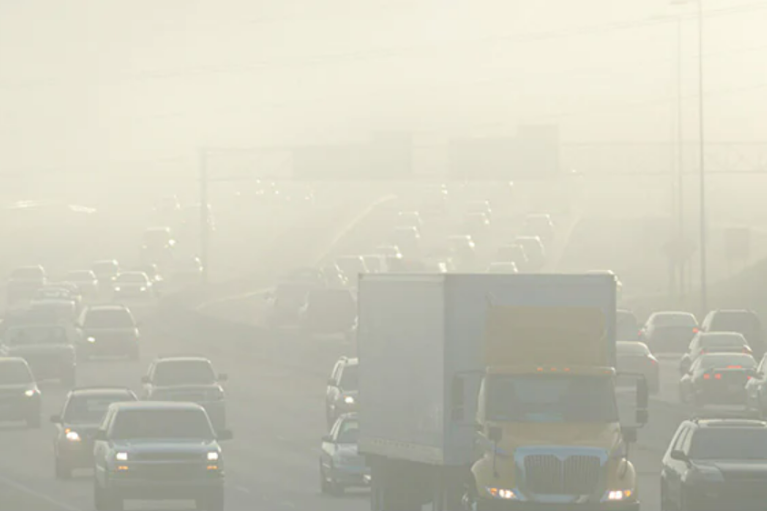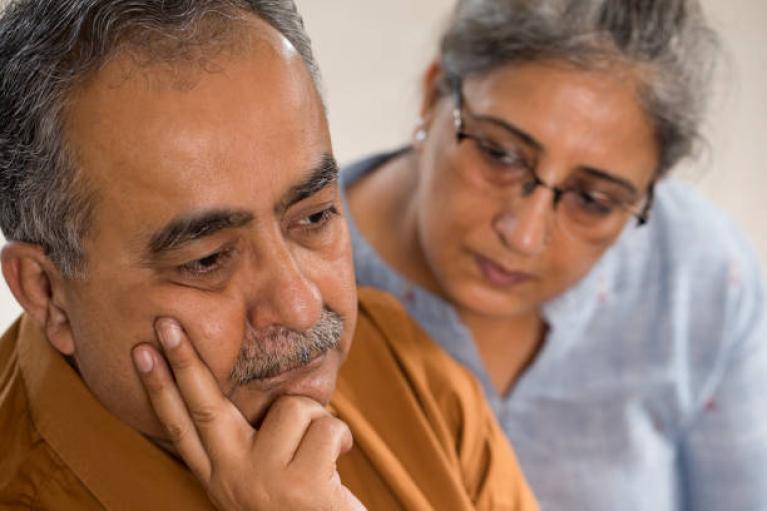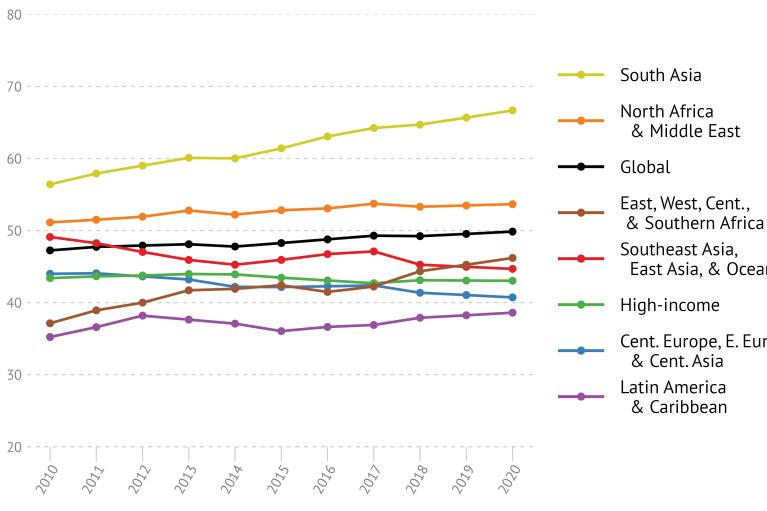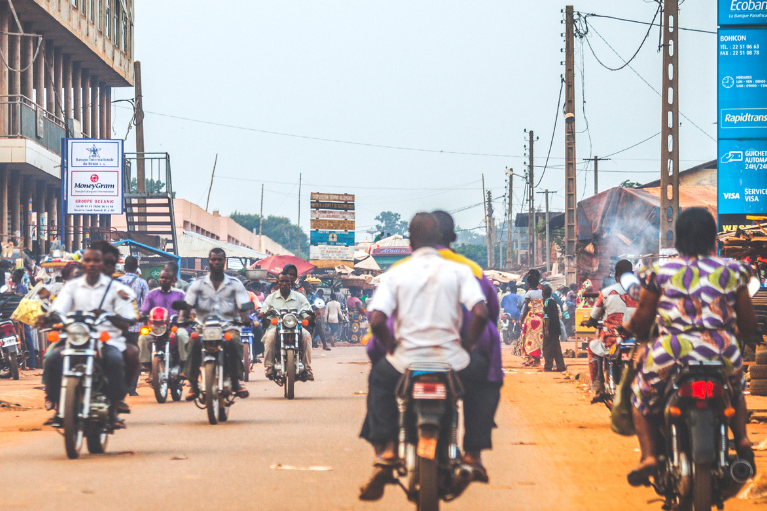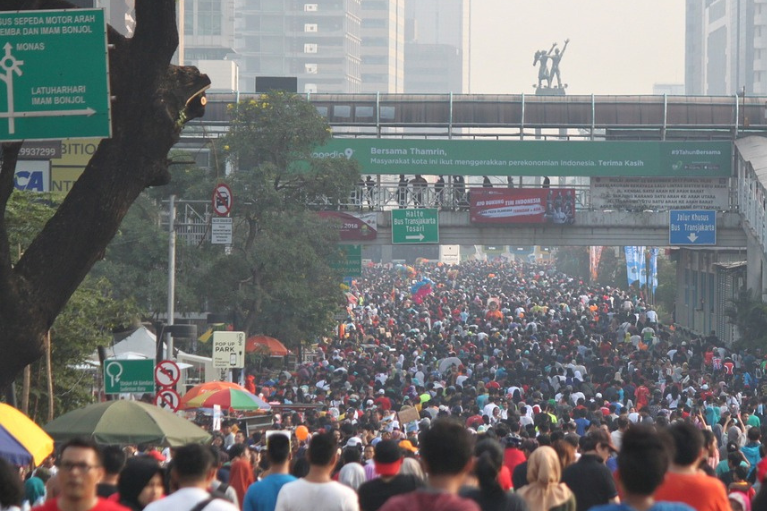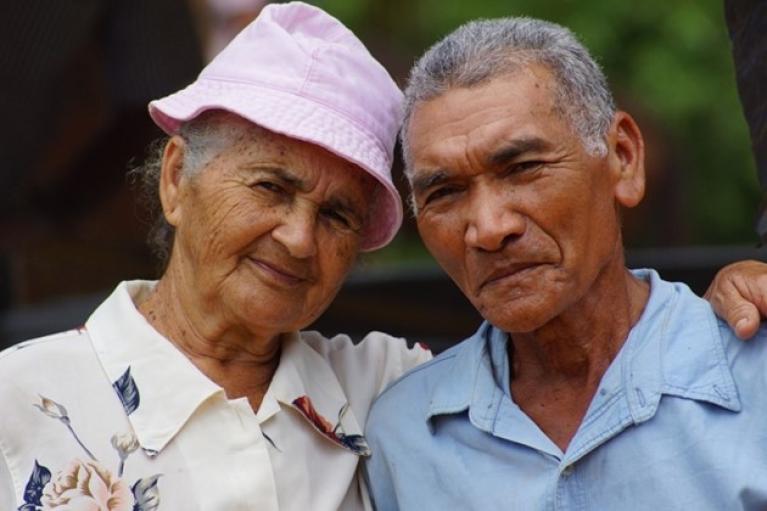About Ozone
Ozone is a secondary pollutant formed by chemical reactions between nitrogen oxides and volatile organic compounds in the presence of sunlight. The precursors to ozone are produced primarily by human activities, including transportation, industrial processes and the burning of fossil fuels. Some volatile organic compounds also come from natural sources.
The ozone that forms near ground level (also known as tropospheric ozone) is a harmful pollutant. This is different from the protective “ozone layer” that forms in the upper atmosphere as a result of natural processes.
Long-term exposure to ground-level ozone is linked with chronic obstructive pulmonary disease (COPD), a progressive and debilitating disease that makes it harder to breathe.
Why it Matters
Ozone has serious health impacts, accounting for 470,000 deaths globally. Because COPD typically takes many years to develop, older adults — and countries with aging populations — suffer the highest burden. In the last two decade, the disease burden of ozone has increased by more than 50%, from 261,000 deaths in 2000 to 470,000 deaths in 2023.
Ozone pollution is also connected with climate change. Warmer air causes ozone to form faster. In some instances, this means that extreme heat, especially in urban environments, can result in more poor air quality episodes. Ozone is also a greenhouse gas and contributes to warmer temperatures on a global scale.
